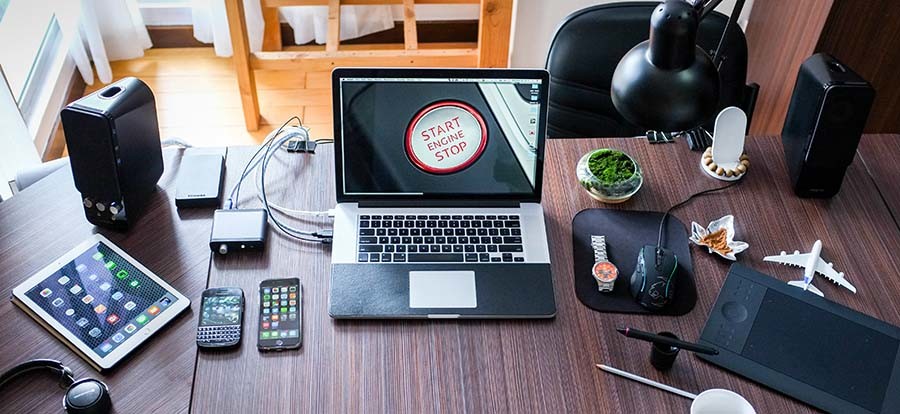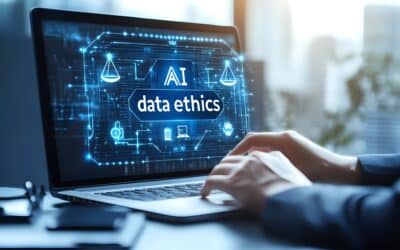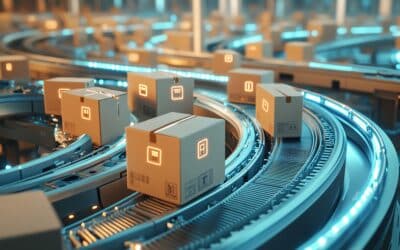The process approach that defines ISO – regardless of the standard being pursued – has applications that can be applied to every aspect of our daily living. Beyond our businesses, themes of information protection and digital information responsibility can be positively impactful irrespective of where they are implemented.
There is no way around it. We live in a digitally-connected world. Our banking information, health records, and communication systems continue to be pushed to digital platforms. We’re constantly connected via our smart phones and other devices, and our information is catalogued for eternity in the annals of cyberspace.
Companies that implement ISO 27001 are aware of the ever-increasing risk of our connected world and of the importance of protecting information in all forms. The parallels between the need for protection in business and need for protection in our personal lives are difficult to ignore, and we can easily employ some of the same though processes to our homes and families.
Risk Awareness
One of the biggest themes throughout the ISO 27001 standard is the overall awareness of risks. So often we assume information risk is solely connected to malicious hackers and identity thieves online. In reality, the information we access – both digital and in print – can lead us to vulnerability and threats. As we consider the security of our information, we should be diligent in our care of record keeping and the protection of sensitive information that malicious parties could find valuable.
When we understand the full scope of how our information is accessed and interconnected, it allows us to create strategies and systems that help us maintain control. We may choose to carefully collect, organize, and safeguard our files, employ tactics to minimize theft of financial information, or choose to scour our online profiles and remove ourselves and our information from sites we no longer need or utilize. Regardless of our tactics, our improvement can’t begin until we understand all the ways in which our information is handled and accessed.
Understanding our Connections
This understanding of access becomes increasingly more complex thanks to the Internet of Things (IoT). This cyber-giant is constantly growing and evolving, making it difficult to fully understand and control. What we can be aware of is that all of our devices – from TVs to smart phones, children’s tablets, in-home assistants, and even refrigerators require our information before they’ll serve us.

Protection of Digital Information to Safeguard our Identity
Due to our constant connection and willingness to provide information, the need for protection of our digital assets is more important than ever. Strong passwords to our important accounts is crucial to our security, and taking stock of all the online locations where our information lives can prove beneficial in our attempts to take back control.
Online tools like DeSeat.Me help us identify all of the websites and mailing lists that have access to our information and assist in the removal and unsubscribe process of accounts that no longer serve us. This simple practice can result in the elimination of hundreds of points of access to our identity and contact information, providing increased security (and cleaning up our junk mail!).
Organizations that provide products and services have to worry about the protection of information related to intellectual property, finances, personnel, and business strategy. The concepts and best practices they’re employing to increase their information security are the same ones we can embrace and utilize in our daily lives. With hackers consistently becoming more and more effective at accessing information, the risk of information and identity theft isn’t limited to CEOs and fortune 500 companies – they are realized by all of the connected world.
To learn about assessing cyber risks in your organization, feel free to email us at info@thecoresolution.com or call 866.354.0300.



